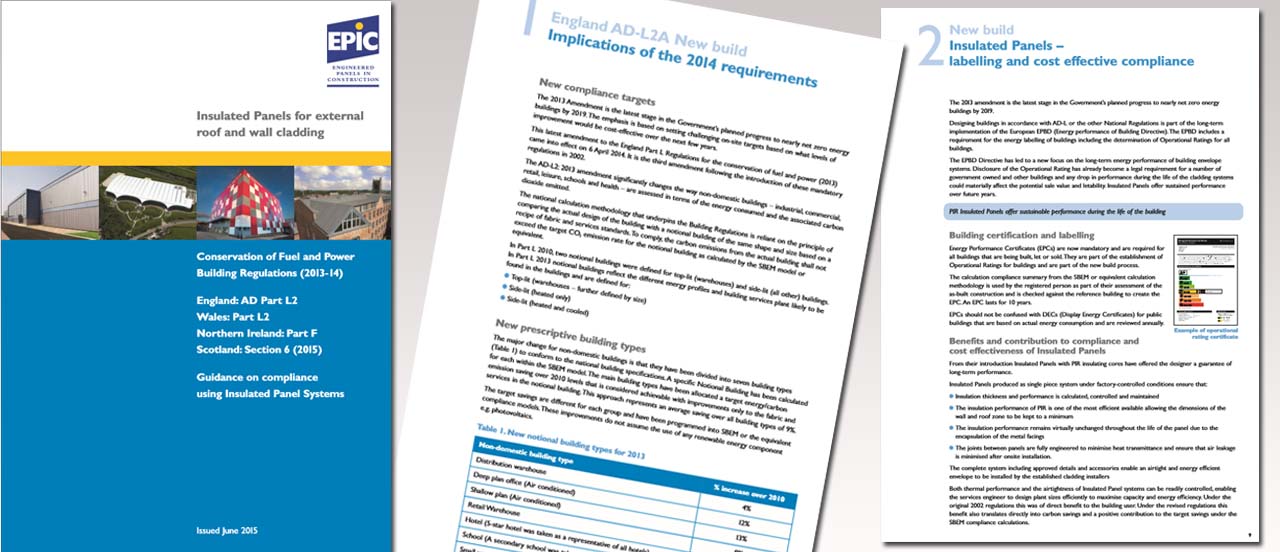The latest changes to Section 6 of the Scottish Building Standards brought with them a 43% uplift over the 2010 Standards, significantly leapfrogging the requirements of both England and Wales in terms of the thermal performance of new buildings, and making a serious attempt to move towards the net zero carbon challenge we all now face. To help specifiers and contractors to deal with the changes, EPIC has produced fresh guidance on the new requirements and how they may be complied with.
The EPIC Guide to the Conservation of Fuel and Power Regulations covers a number of the key changes that have been made since the last update on 1st October 2013. Although the methodology that was first introduced in 2007 is still being used, a significant difference is the use of a concurrent notional building specification to set the Target Emissions Rate for new buildings, and a revised NCM Modelling Guide for Scotland has also been published.
SBEM v5 is now used to calculate carbon dioxide emissions, and both changes to methodology and revised carbon factors for fuels apply. More comprehensive guidance on consequential improvement of fixed building services has been issued, and there is also a revised list of situations where airtightness testing need not be undertaken.
Other issues, such as the inclusion of extensions over 100m2, the introduction of nine different non-domestic building types to conform to the national building specifications, and revisions to how heat loss from linear thermal bridging may be calculated are also covered.
Download the full guidance paper here.

